Do you know what the newest country in the world is? Which are the youngest countries in the world?
In three great disruptive events of twentieth-century world history, boundaries shifted, and new nations were created (or old nations reemerged) wholesale. These were two World Wars and the collapse of the Soviet Union.
But who thinks of Poland as being a new nation, although from the mid-nineteenth century until 1918, its territories were divided between Prussia and Russia, and its borders changed again in World War II? Some of the nations that emerged in those great upheavals have since disappeared again. After the Great War, Yugoslavia and Czechoslovakia were both created by treaties and have since come apart again. The Baltic States are more examples of twentieth-century nations that no one thinks of as new anymore.
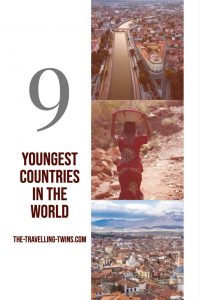
All these countries are now quite mature and are fortunate to have their recent violent histories behind them – many of them are members of the European Union now.
But there are some newer countries in the world too – so today we’ll take a look at the nine youngest countries in the world according to the year they became independent states.
Eritrea – Independence in 1993
Eritrea is an East African country that gained independence in 1993 from Ethiopia. It is bordered by the Red Sea, Sudan, and Djibouti.
The nation has a total area of 117,600 km2 (45,406 sq mi), which includes the Dahlak Archipelago and the Hanish Islands.
Christianity and Islam are the main religions of Eritrea, with a small minority adhering to traditional faiths.
The Eritrean economy is based on agriculture, which occupies half of the working population. The main agricultural products are sorghum, millet, barley and wheat.
The industry consists mainly of small-scale enterprises for food processing and other light manufactured goods such as textiles, leather, and metal.
Since gaining independence in 1993, Eritrea has been ruled as a one-party presidential republic without any national legislative or presidential elections taking place.
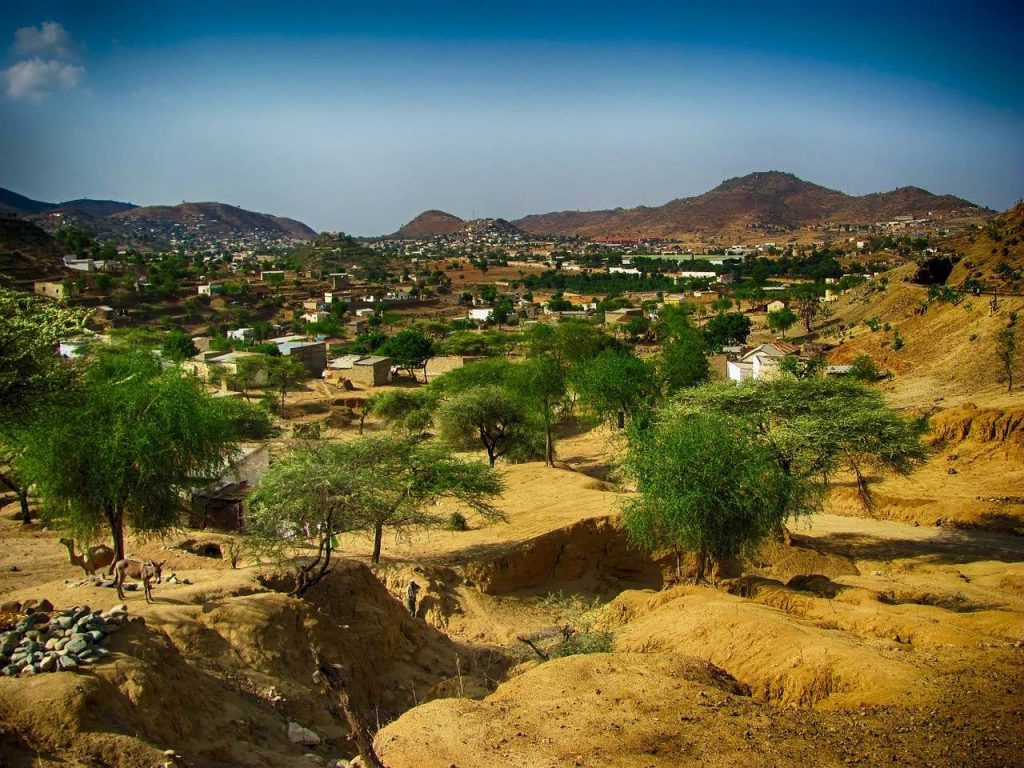
The Czech Republic and Slovakia (1993)
In 1918 the leaders of the Czech and Slovak ethnic groups declared an independent Czechoslovakia. In 1993 after communist rule finished and the Iron Curtain fell, the Velvet Revolution took place, the Slovaks separated from Czechoslovakia (the Velvet divorce). The two nations have since remained peaceful internally and with their neighbors.
Slovakia
The Slovak Republic is a landlocked country in Central Europe. It has a population of over 5.4 million and an area of 49,035 square kilometers. The capital and largest city is Bratislava, with a population of over 450,000. The official language is Slovak, which is part of the Slavic language family. It is a member of the EU and uses the Euro as currency.
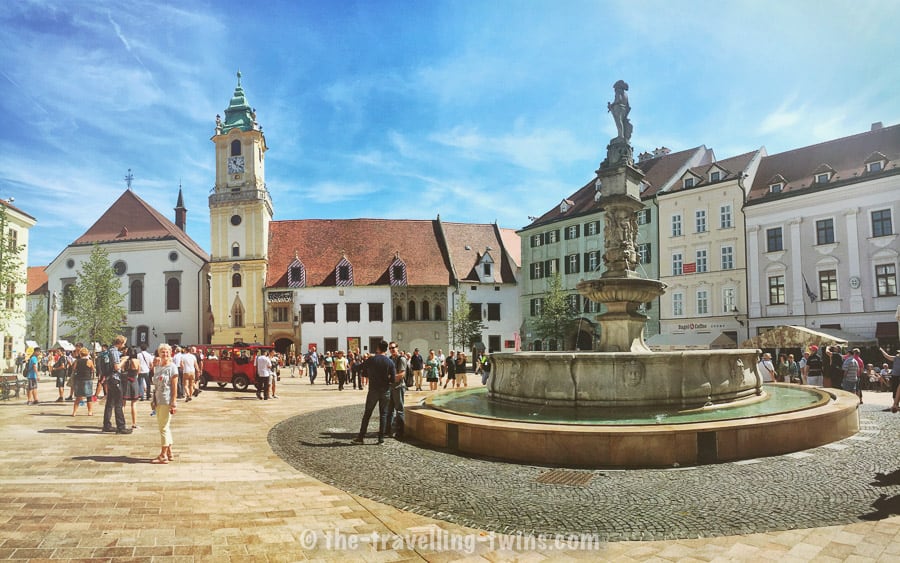
The Czech Republic
The Czech Republic, also known as Czechia, is another landlocked country in Central Europe. Germany borders it to the west, Austria to the south, Slovakia to the east, and Poland to the north.
Prague is the capital and largest city, with 1.3 million people living there. Other large towns are Brno and Ostrava. Prague is one of the most beautiful European Capitals
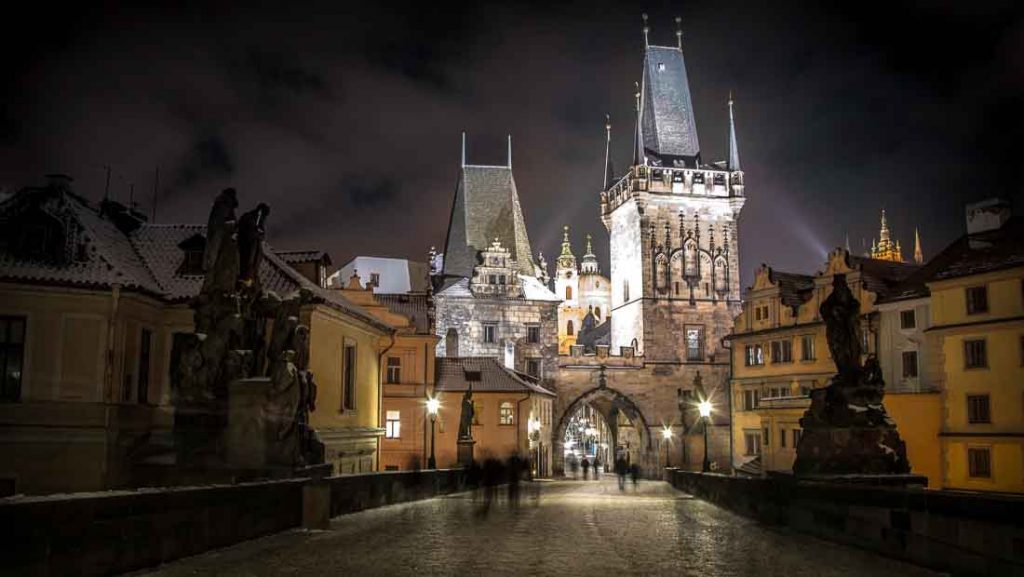
Palau – Independent since 1994
Palau is an island country located in the western Pacific Ocean.
Palau became a sovereign country in 1994 after choosing its political future from the Trust Territory of the Pacific Islands, which the United States administered on behalf of the United Nations.
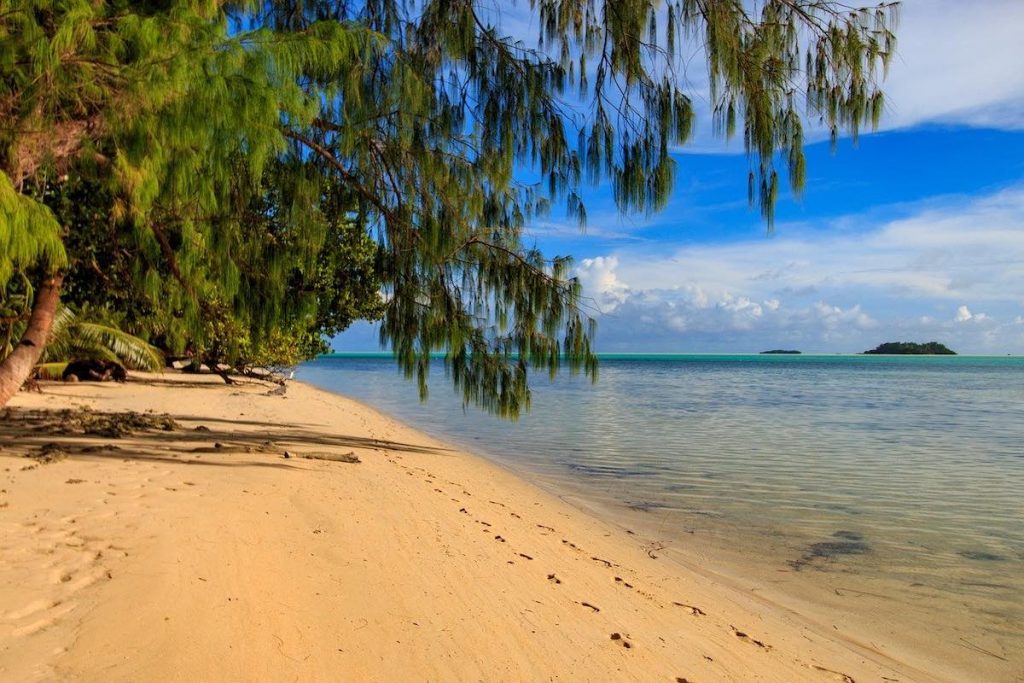
Palau is one of the smallest countries in the world.
The close strategic and economic ties between Palau and the United States date back to World War II. These ties are reflected in, among other things, that hundreds of Palauan citizens serve in all branches of the U.S. Armed Forces and that Palau uses the U.S. dollar as its currency.
East – Timor (Timor-Leste) – declared independence in 2002
East Timor is an island country in Southeast Asia, comprising the eastern half of the island of Timor and nearby islands.
It was colonised by Portugal in the 16th century and gained independence from it in 1975, but only nine days after that, it was invaded by Indonesia. In 1976 it was declared Indonesia’s 27th province in 1976.
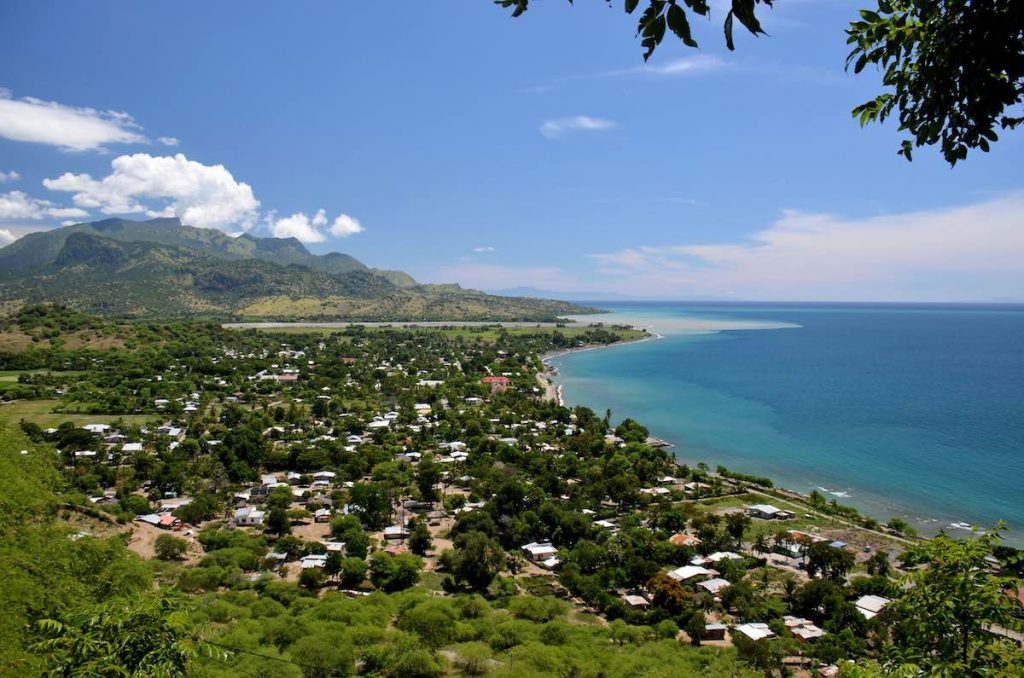
Following a 24-year occupation, East Timor was granted independence in 2002 from Indonesia, becoming the first new sovereign state of the 21st century and the first predominantly Christian nation in Southeast Asia.
Its total population is 1,3 million people, of which more than half live in the capital, Dili.
The official languages are Tetum and Portuguese – although most of the younger generation speak English as well.
Serbia and Montenegro – sovereign nations since 2006
The Federal Republic of Yugoslavia (state Union of Serbia and Montenegro) was established in 1992 after Croatia, Slovenia, Bosnia and Herzegovina, and Macedonia declared independence.
On 21 May 2006, Montenegro voted to end its union with Serbia, and On 5 June 2006, Serbia declared independence, marking the final dissolution of the State Union of Serbia and Montenegro.
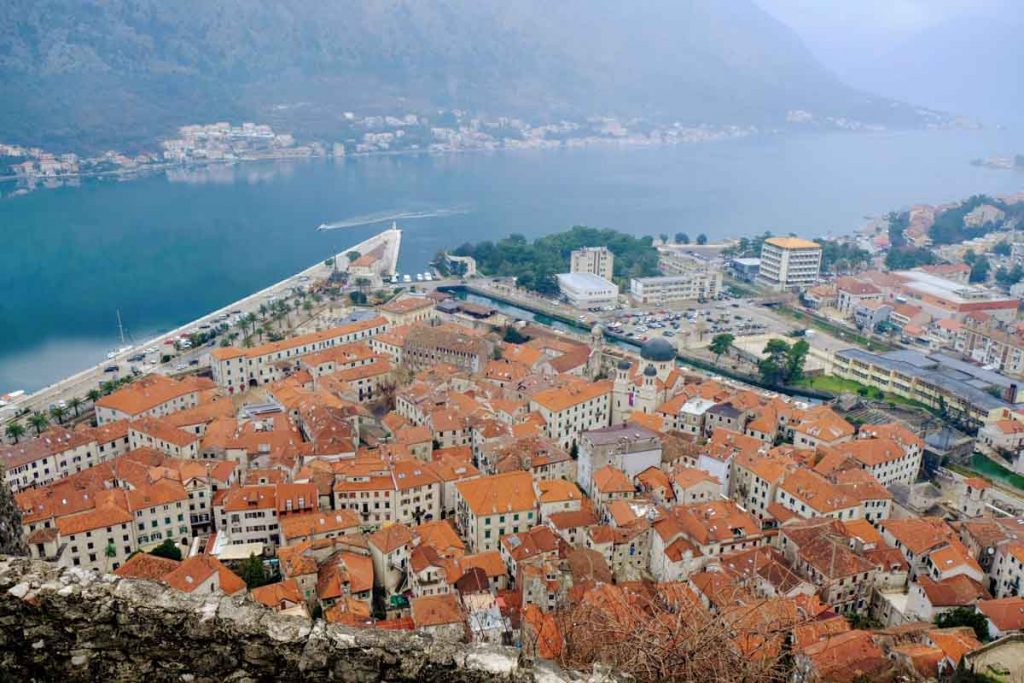
Montenegro
Montenegro is a country located in Southeastern Europe, on the Adriatic Sea.
It shares borders with Serbia to the northeast, Bosnia and Herzegovina to the north and west, Kosovo to the east, Albania to the southeast, Croatia to the southwest and maritime boundary with Italy.
Montenegro’s population is 600,000 people, with a density of 69 persons per square mile. The capital city is Podgorica, with 150 000 citizens.
Serbia
Serbia is a landlocked country in the Balkans,
with a population of almost 7 million. The capital is Belgrade, with over 1 million residents.
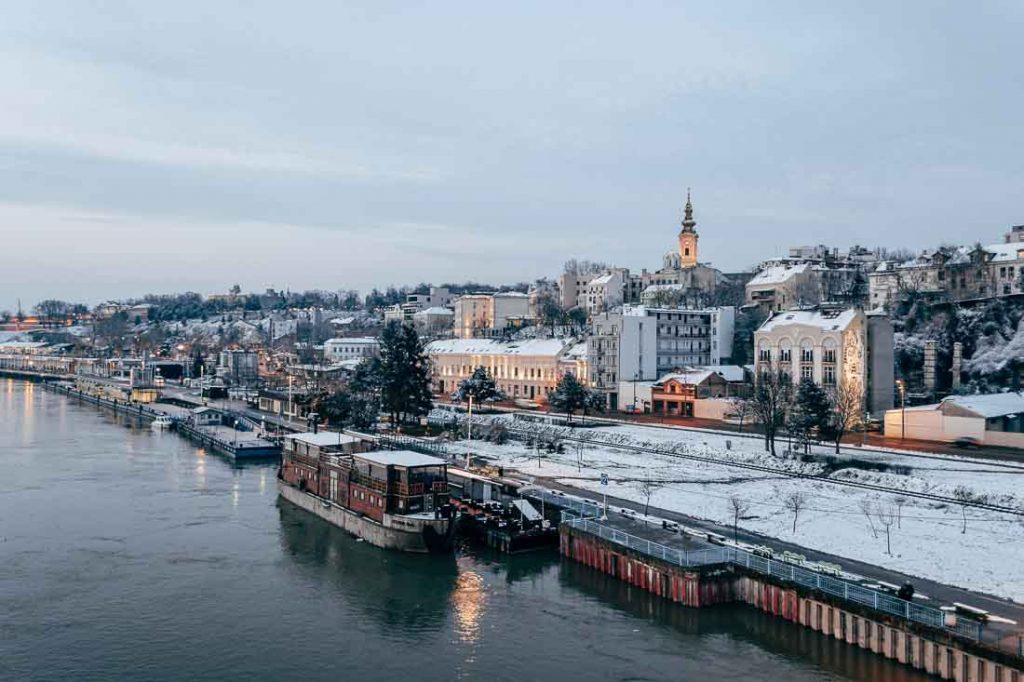
The country has been continuously inhabited since Paleolithic Age.
Kosovo (2008)
Kosovo is a disputed territory and partially recognised state in Southeast Europe.
Kosovo declared independence from Serbia in February 2008 as the Republic of Kosovo.
Kosovo is landlocked in the central Balkan Peninsula. Albanians, who account for 91% of the population, form the majority of Kosovo’s population.
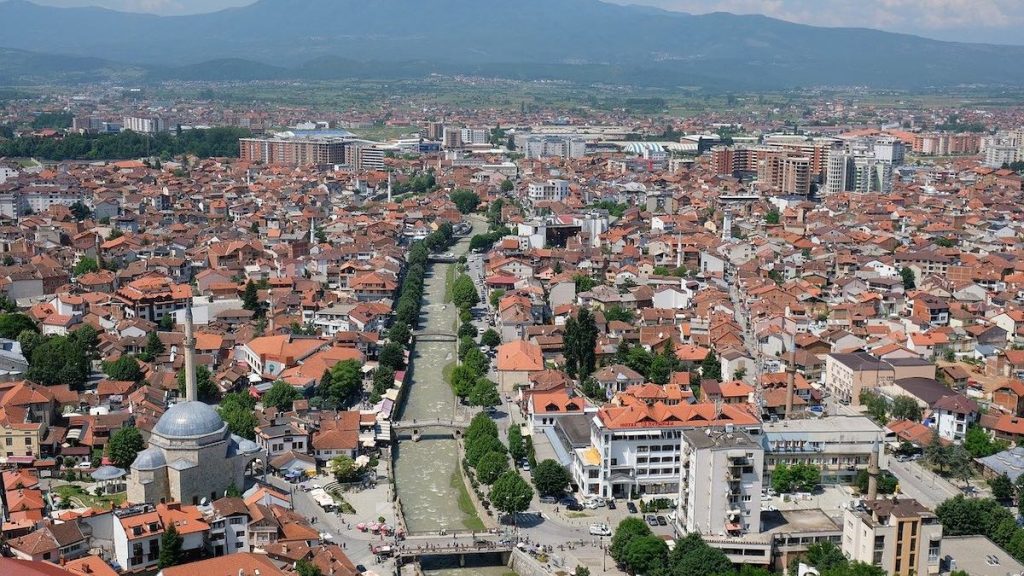
South Sudan (2011)
South Sudan is a country in central east Africa, after years of civil war between north and south Sudan. South Sudan gained its independence from Sudan in July 2011 after 98% of the population voted for it in January 2011 referendum.
Unfortunately, even after gaining independence, civil wars continued in this young country until a recent peace agreement in 2020. Currently, South Sudan is the youngest country in the world.
Bougainville – Voted for Independence in 2019
In 2019, the Autonomous Region of Bougainville voted for independence from Papua New Guinea in a referendum.
During the peace process, Bougainvillean leaders were persuaded by international players to agree to a non-binding referendum.
But if Bougainville becomes the sovereign nation in 2027it will be the world’s newest country.
What is the youngest country? – pin it for later
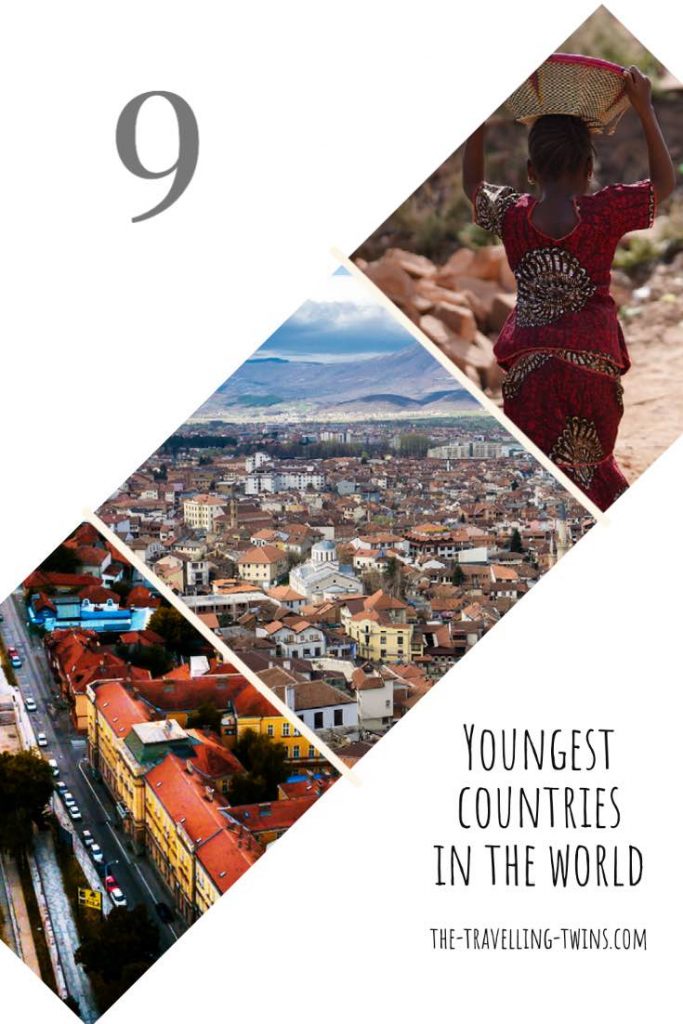
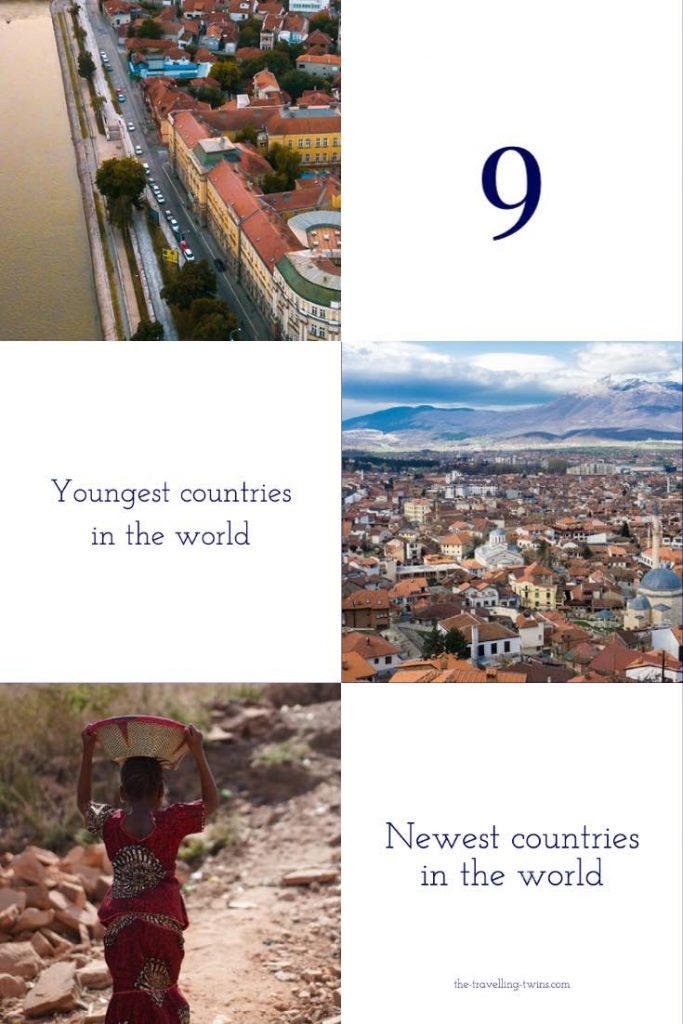
Privacy Policy Disclaimer
This website uses affiliate links for income and support.
If you like our website, please consider using these links. You will be directed to the vendor, and we will get a small commission on your purchase price at no increased cost to you.
We have researched facts stated here as far as practicable but please check anything critical before committing your time and money. We do not claim any special knowledge or expertise, and we are not consultants for our readers.